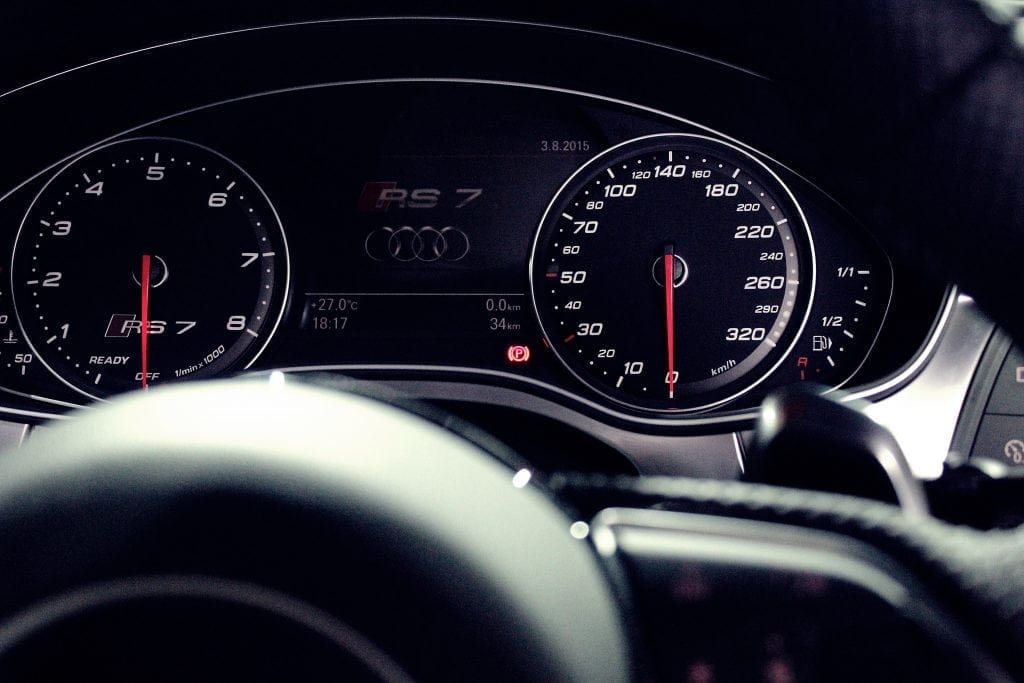No products in the cart.
Implements
Safety tips for non-toppling buckets
You may have seen cases of truck toppling or even accidents of buckets with a raised cover colliding with bridges and viaducts. Many of these incidents occur due to carelessness of the drivers and could be avoided if some safety measures were followed.
The toppling of a truck is a matter of physics: when the lateral acceleration generated in the corners, known as the G force – the force that moves the vehicle from the center of gravity and pushes it to the side – is very large, the physical properties able to keep the vehicle on the ground are nullified, causing it to tip over.
Therefore, tilting the truck’s dump requires a lot of attention and observing some basic safety principles. The following are tips on procedures that can make your work routine safer and more relaxed.
Respect speed limits
Trucks topple so easily because they are tall and narrow. Usually, accidents happen when vehicles travel at high speed. Therefore, it is advisable to always keep the speed below 10 km/h than indicated by the signs, even on straight roads.
In curves, the danger increases. If the lateral acceleration raises the tire during the curve, it is already enough for the toppling to be inevitable. The heavier the load, the greater the likelihood of toppling.

The ideal is to always slow down about 15 to 20 miles away from what the road signs indicate. This minimizes the risk of losing control of the vehicle. Reduce in advance and only maintain it during the turn to ensure vehicle stability.
Distribute the load evenly
However, accidents can also occur at low speeds and even when the truck is stopped to unload. When loading the truck, never leave more weight in different areas of the dump as this can cause instability to the vehicle.
Balanced load distribution is critical to avoid toppling. If different materials are transported, organize them so that they can be unloaded in the right order, in order to preserve the weight balance in the bucket.
When carrying liquid loads, you should be aware of the tank level. If it is not full, the movement of the liquid will greatly affect the stability of the truck, especially in curves. The same care applies to hanging or living loads.
Respect loading limits
At the time of tipping, the excess weight can cause uncontrolled load, tipping and even damage the hydraulic equipment that performs the dump lifting.
Excess weight also harms the driving, braking, visibility and stability of the vehicle, increasing the risk of collisions. It makes you drive an unstable truck which requires a lot of engines effort, and there is always the risk of being fined for overweight.

Check the maximum weight and height allowed on the roads that you will pass before traveling, and check if the bucket is properly lowered before crossing viaducts, bridges, and walkways. It may seem unlikely, but the trampling of overpasses and walkways by trucks with raised buckets is very common.
Check if the load is damp
Before tipping the truck, always check if the load is damp. Some materials may stick and make the load fall all at once, causing accidents during tipping.
Also, avoid leaps in the dump to help unload the material. Always use the help of suitable equipment to perform the unloading.
Tilt in firm and level places
Make sure that the tilting is done on a firm and leveled ground. Tipping the truck in uneven places can cause the vehicle to overturn and put people’s lives at risk.

When it is not possible to find suitable terrain, request that the unloading be done differently.
In addition, isolate the area around where the tipping is performed, to prevent accidents involving other people and vehicles.
Check if there is a nearby power grid
Before performing the tilting, pay close attention if there are any nearby power grids. Make sure that the height of the dump will not reach the wires, as the consequences can be fatal.
Do not leave the cabin during tipping, keep an eye on the vehicle to control the equipment.
By following these tips to tilt the truck, you will be able to establish a much safer transportation routine and avoid toppling.
Did you like this article? Do you also have tips to avoid toppling to share with our readers? Leave a comment below!


